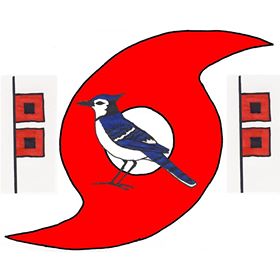Tropical Storm Sonia continued to spin over the Eastern North Pacific Ocean southwest of Baja California on Sunday. At 11:00 a.m. EDT on Sunday the center of Tropical Storm Sonia was located at latitude 13.7°N and longitude 119.9°W which put the center about 910 miles (1470 km) southwest of the southern tip of Baja California. Sonia was moving toward the west at 3 m.p.h. (5 km/h). The maximum sustained wind speed was 50 m.p.h. (80 km/h) and there were wind gusts to 65 m.p.h. (105 km/h). The minimum surface pressure was 1002 mb.
An upper level trough over the Eastern North Pacific Ocean was producing southerly winds that were blowing toward the top of Tropical Storm Sonia. Those winds were causing moderate vertical wind shear. The moderate vertical wind shear was causing the distribution of thunderstorms in Tropical Storm Sonia to be asymmetrical. Thunderstorms were occurring in bands in the northern half of Sonia’s circulation. Bands in the southern half of Tropical Storm Sonia consisted primarily of showers and lower clouds.
The circulation around Tropical Storm Sonia was small. Winds to tropical storm force extended out 60 miles (95 km) from the center of Sonia’s circulation.
Tropical Storm Sonia will move through an environment that will be marginally favorable for intensification during the next 24 hours. Sonia will move over water where the Sea Surface Temperatures are near 27°C. However, the upper level trough over the Eastern North Pacific Ocean will continue to cause moderate vertical wind shear. The vertical wind shear will inhibit intensification, but the wind shear may not be enough to prevent intensification. Tropical Storm Sonia could intensify a little during the next 24 hours.
Tropical Storm Sonia will move around the southern side of a high pressure system over the Eastern North Pacific Ocean. The high pressure system will steer Sonia toward the west-northwest during the next 24 hours. On its anticipated track, Tropical Storm Sonia will remain far to the southwest of Baja California.
